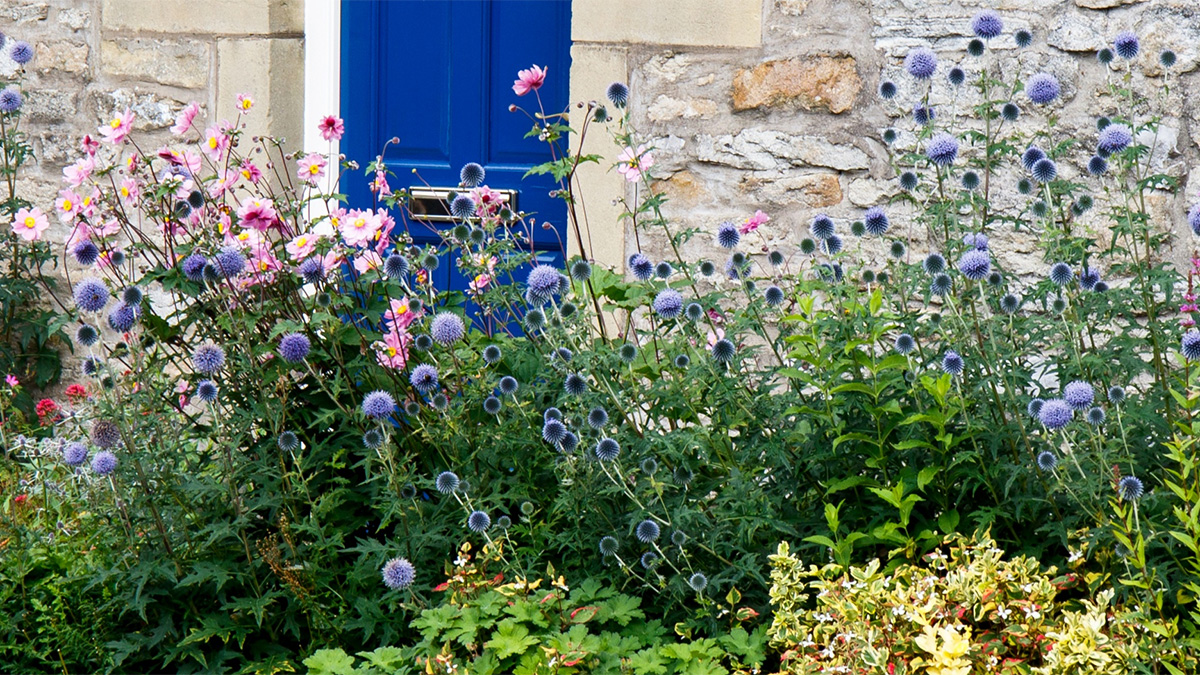Creating a Classic Cottage Garden on a Budget

A classic cottage garden is known for its overflowing charm, vibrant blooms, and timeless appeal but it doesn’t have to come with a hefty price tag. With thoughtful planning and a few budget-friendly strategies, you can create a lush, romantic garden that grows more beautiful year after year. Whether you’re starting from scratch or adding cottage flair to an existing space, it’s easier than you might think to bring this look to life on a budget.
Start with a simple garden plan
A classic cottage garden is known for its informal style, curved lines, and lush planting. Begin by sketching a rough layout that includes borders, paths, and planting zones. Planning ahead helps avoid impulse purchases and keeps the project manageable.
Focus on areas where you can build layers of plants over time. Choose one or two focal points and let the rest of the design evolve naturally. Starting small allows you to grow the garden slowly without overspending.
Choose affordable, easy-to-grow plants
Cottage gardens shine with a mix of perennials and self-seeding annuals. Perennials like coneflowers, yarrow, and black-eyed Susans come back each year and get fuller over time. Annuals such as cosmos, calendula, and poppies provide fast color and often reseed themselves.
Opt for native or locally adapted plants that thrive in your climate with minimal care. These varieties are usually more affordable and require less water and fertilizer. Look for multi-purpose plants that attract pollinators or offer long bloom times.
Propagate plants yourself
One of the easiest ways to save money is to multiply plants you already have. Take softwood cuttings, divide mature perennials, or collect seeds from spent blooms. Many popular cottage garden plants like lavender, mint, and sedum are easy to propagate at home.
Reach out to neighbors, local gardening groups, or online communities to swap extras. These exchanges are often free and a great way to discover new varieties. With basic tools and patience, you can expand your garden without touching your wallet.
Use thrifted or repurposed garden elements
You don’t need brand-new decor to give your garden character. Look for vintage pots, wire baskets, or iron trellises at thrift stores and garage sales. Salvaged wood or old bricks can become edging, stepping stones, or rustic plant stands.
Embrace the charm of aged and weathered materials. A chipped bench or repurposed window frame can bring personality and function to your space. These touches help create the layered, lived-in feel of a traditional cottage garden.
Build soil health naturally
Healthy soil is the foundation of a thriving garden, and you don’t need expensive products to get there. Compost kitchen scraps, lawn clippings, and leaves to create rich, homemade compost. This improves soil structure and feeds your plants for free.
Apply a thick layer of organic mulch to retain moisture and reduce weeds. Grass clippings, shredded leaves, or untreated straw are all low-cost options. Over time, this approach builds better soil and reduces the need for store-bought fertilizers.
Create structure with budget-friendly features
Structure gives the garden form and flow, even when plants are informal. Use inexpensive or salvaged materials to build simple paths, beds, or arches. Willow branches, untreated wood, and bricks can all be used creatively to guide movement through the space.
Vertical interest can come from climbing plants trained on homemade supports. Even a simple teepee made from sticks can support morning glories or sweet peas. Consider adding a painted bench or a weathered gate as a focal point to draw the eye.
Buy smart and shop seasonally
Timing your purchases can lead to big savings. Buy bare-root perennials and shrubs in early spring for lower prices. End-of-season sales are great for picking up plants and supplies at deep discounts.
Growing from seed is one of the most affordable ways to fill your garden with color. Many classic cottage plants like larkspur and hollyhocks grow well from seed and can be sown directly into the soil. Local garden clubs and community plant sales are also excellent sources of low-cost, high-quality plants.
Conclusion
You don’t need a large budget to enjoy the beauty of a traditional cottage garden. By choosing the right plants, reusing materials, and embracing a creative approach, you can grow a space that feels rich in both color and character. With time and care, your garden will develop into a personalized retreat that reflects your style and invites nature in.
